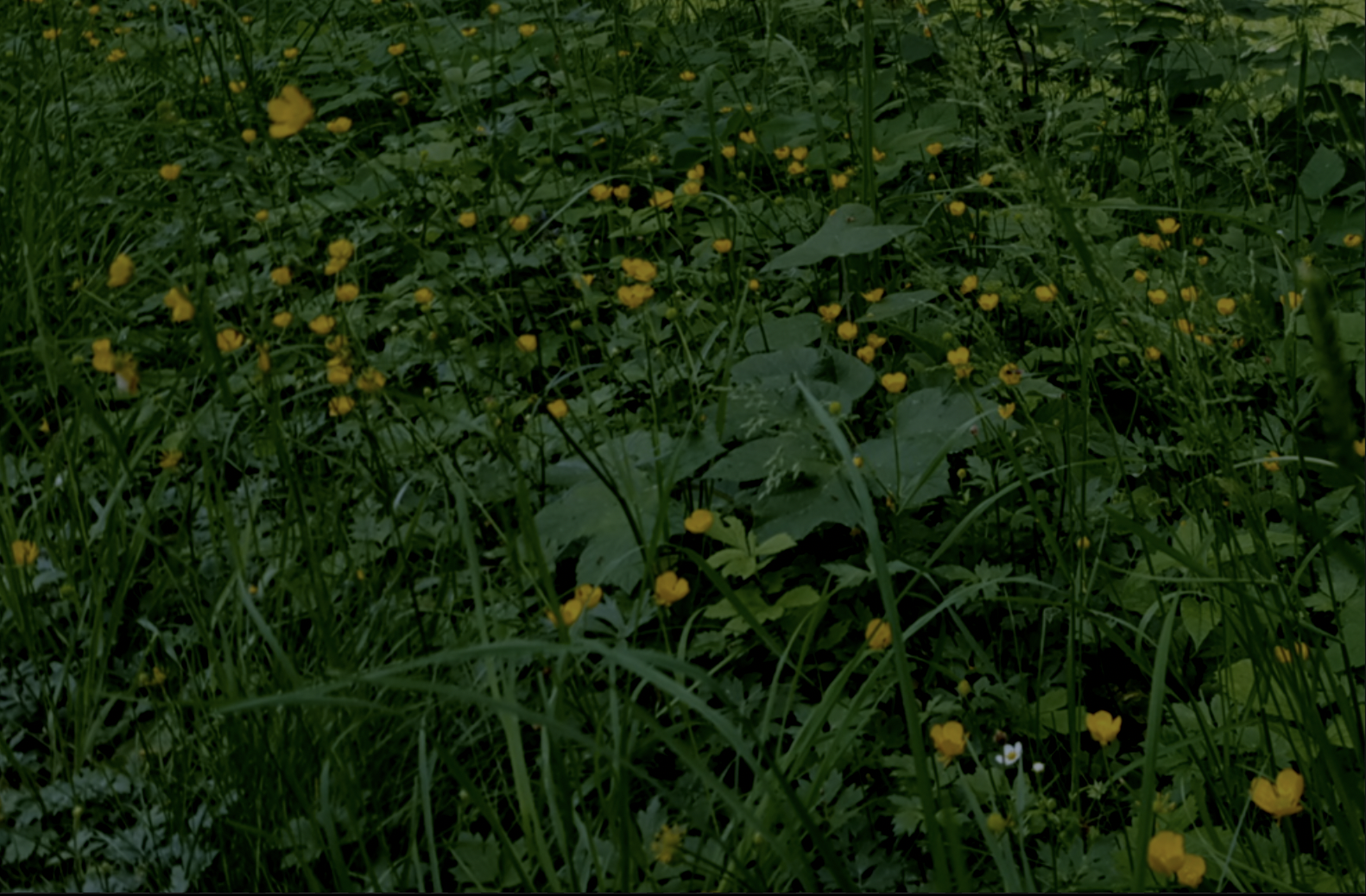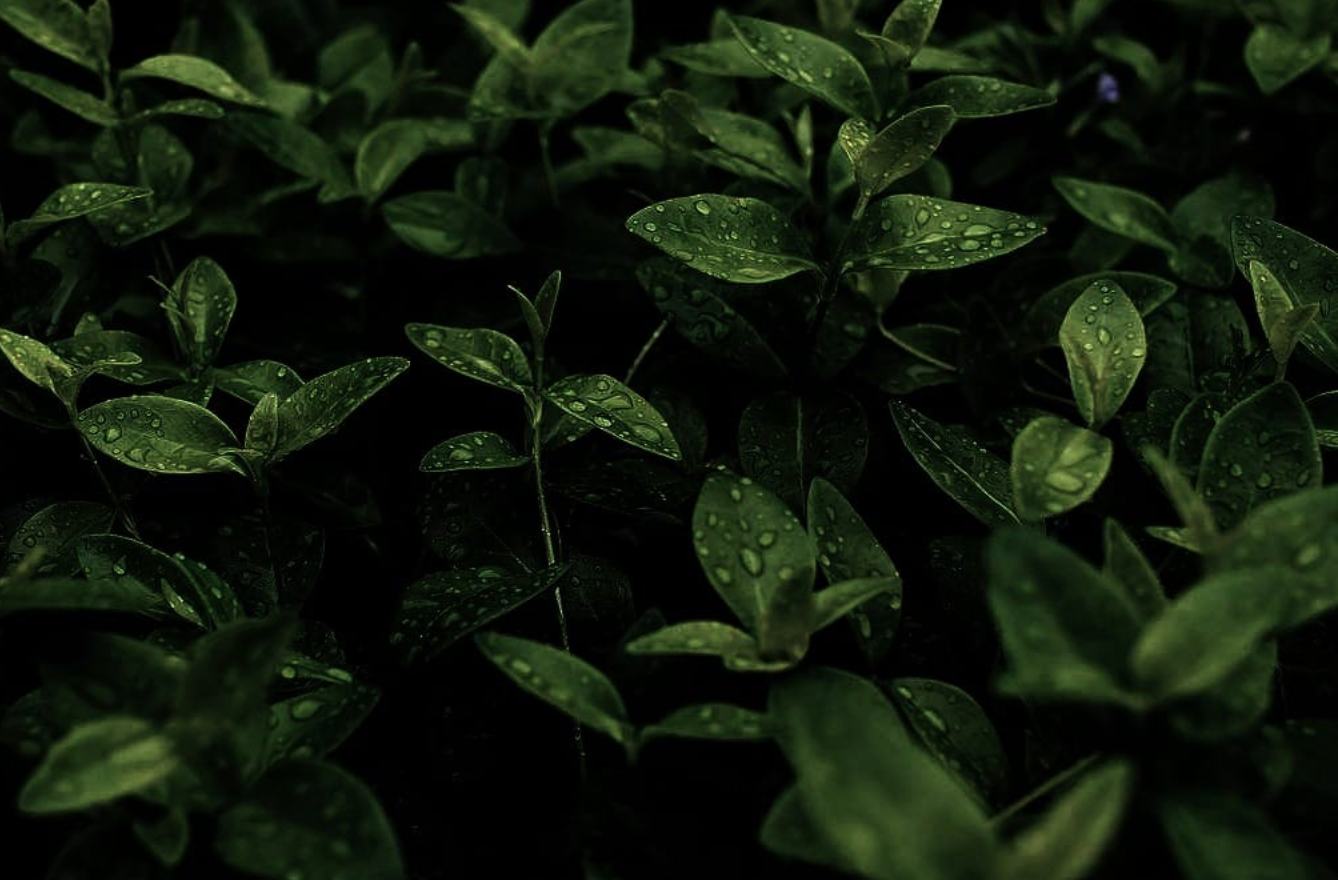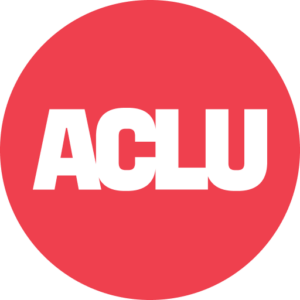police brutality is no mitzvah
what Jewish tradition says about a new EO and centuries of history
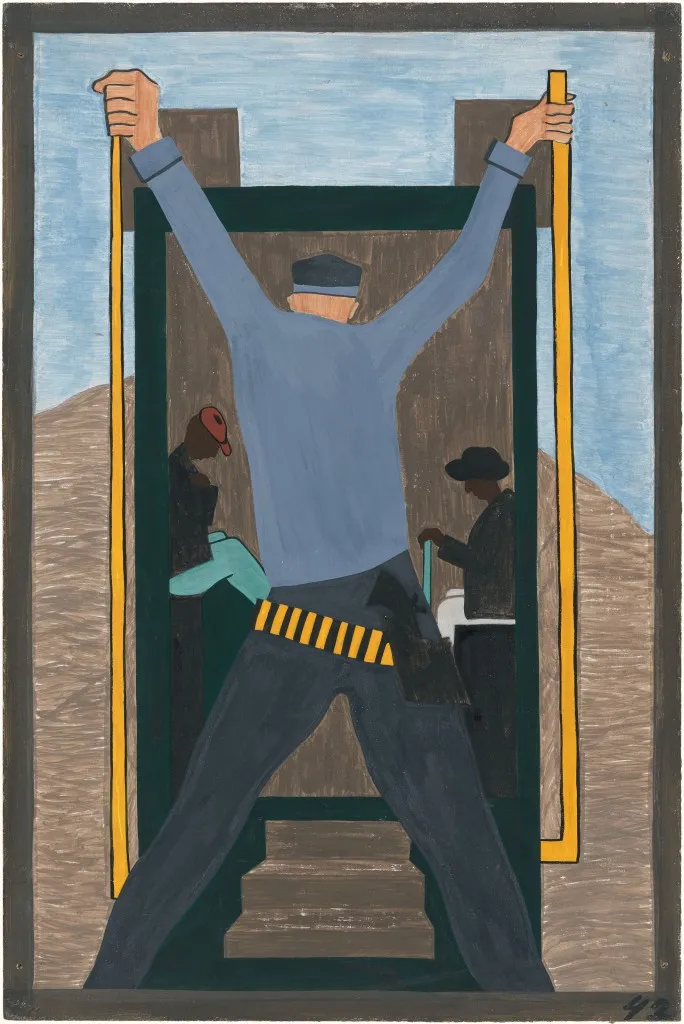
This is Life as a Sacred Text 🌱, an everybody-celebrating, justice-centered voyage into ancient stories that can illuminate our own lives. It‘s run on a nonprofit, so it’s 100% NAZI FREE. More about the project here, and to subscribe, go here:
This post requires a clear trigger warning (TW); it is about police abuse and violence, including racist, transphobic and ableist violence, and includes some descriptions of police violence, as well as art on the topic. However, I will include an additional TW before specifically explicit passages.
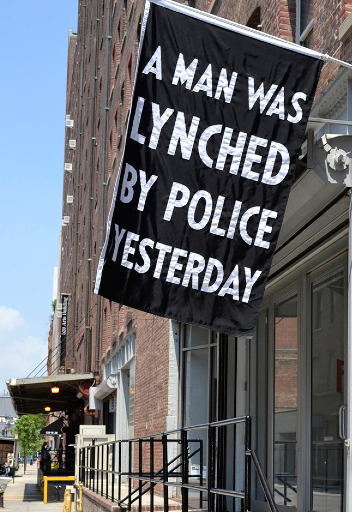
There have been so many horrific Executive Orders this year
that it's hard to keep track. But one that didn't get nearly enough attention came down at the end of April. “Strengthening and Unleashing America’s Law Enforcement," the title began. "Unleashing," yeah.
Among other things, it demands the maximizing of federal resources to
"provide new best practices for State and local law enforcement to aggressively police communities"*
and makes accountability for misconduct even harder to come by than it already is by
"strengthen[ing] and expand[ing] legal protections for law enforcement officers.”
The NAACP's Legal Defense Fund sums up the situation, in part, when it says,
The EO makes clear that the Department of Justice will not be a partner in holding law enforcement officers and agencies accountable for unlawful acts that harm individuals and entire communities. It may also be unwilling to criminally prosecute officers that intentionally violate people’s rights.*emphasis added
A couple of weeks ago, we looked at a critical passage in Deuteronomy 16– justice, justice you shall pursue. And I mentioned that the one verse sits in a larger legal and judicial context.
Today we're going to look at how that context intersects with with the substance of this EO– and many cases of police abuse and misconduct that are ongoing, even if they haven't gotten the same kind of media attention recently that they did a few years ago.
So, where were we?
Judges (shoftim) and officers (shotrim) you shall appoint for your tribes, in all your gates which God your God gives you, and they shall judge the people with a just law. Do not pervert the law....Justice, justice shall you pursue, [etc, etc.] (Deuteronomy 16:17-20)
As you might guess, classical sources make it clear that the judge is the one who decides on a sentence. The shoter– yep, Modern Hebrew for cop– is there to enforce the sentence, or the law generally.*
*The root sh-t-r שטר– comes from Akkadian, "to write;" a millenia or more before the Torah, it referred to a clerk who enacted the work of others, before it evolved into a more hands-on position with the same enactment / enforcer role.*Not "shooter", but SHOW-tehr, ok
"Shoter" also appears in the Book of Exodus, when Pharaoh decides to double down on the Israelites' labors, it says that
Pharaoh charged the taskmasters (nogsim) and overseers (shotrim) of the people (Exodus 5:6, JPS translation)
Sometimes that word that often gets translated here as, uh, "overseers" is translated as the more neutral "officer." Of course, whatever this "officer"-type role was in the Torah, and how it was understood as the tradition evolved, is not identical to policing in the U.S. today, which– whatever it is or is not today– has roots in enslavement patrols and the Black Codes and imported modalities of British colonial control.
But that doesn't mean there's no learning from the ethical thinking of eras past. To see some of how Jewish tradition regards the role, let's start with this text below, composed in what's now Israel between the fifth and eighth centuries CE:
What is meant by "judges and officers"? The Rabbis say that officers should be like judges in that they should carry out their deeds facing the rod and the whip, so that the one issuing lashes* should not be required to receive lashes...(Midrash Deuteronomy Rabbah, Shoftim 5:5)*I don't have to like it, but this ancient means of punitive justice is found in Biblical literature (Deuteronomy 25:2-3, eg) and, as such, retained in Rabbinic literature.
That is to say, police officers must know that if they act unjustly, they will be the ones "facing the rod and the whip."
In other words: Accountability.
Trump's new Executive Order loosening accountability measures for abusive law enforcement officials doesn't come out of nowhere; it's right in line with a white supremacist agenda. In 1967, the Supreme Court created a principle called qualified immunity, which has made accountability in the U.S. much harder to get, in response to– surprise!!– a Civil Rights-related case.* (Qualified immunity was significantly expanded in 1982.) The doctrine prevents police and other government officials from being tried for unlawful conduct– including use of excessive or deadly force– unless the case meets some very, very narrow specifications.**
This is exactly the kind of thing the above midrash is protesting against: There's no such thing as a functioning justice system when police can act without fear of the same consequences they're extracting.
*A racially mixed group of Episcopal clergy Freedom Riders were trying to buy lunch in a Jackson, MS bus terminal in 1961. They eventually sought damages for the violation to their civil rights, and that's how the case ended up in SCOTUS. **Colorado, Connecticut, New Mexico, and NYC have either ended or limited qualified immunity, and it looks like Ohio voters will soon have their say on the matter, despite the Ohio AG's best attempts to block the process.Rabbi Yoḥanan says: [the Torah teaches, implicitly,] With regard to the rod and the whip, be scrupulous (Talmud Sanhedrin 7b)
The medieval commentaries the Tosafot explain that this means:
Be scrupulous: To not terrorize the community, to come down on them too hard. (Tosafot on Sanhedrin 7b)
Jewish immigrants like Gerson Rosenzweig, who wrote a satiric Talmud-style "Maseket (Tractate) Ameriḳa" in 1891, weighed in on the their experience of these systems:
“What is the difference between a whip and a rod? — What is the difference between the whip of a policeman in Russia for beating [i.e., whipping], and the rod [i.e., nightstick] of a policeman in America? It is the Angel of Death.

Russell Lehmann works at the UCLA Tarjan Center and teaches and speaks worldwide. Approximately 1 in 5 autistic young adults will interact with a police officer before the age of 21, and 18% of autistic adults have been arrested. No more than 20 states require law enforcement training on neurodiversity, intellectual or developmental disabilities or related conditions. And while ASD and mental illness are not the same thing, many police do not have any training on the differences, or on how to deal with people in distress or dysregulation of any kind. As such, as long as we're here it's worth noting here that those with untreated serious mental illness are 16 times at greater risk for being stopped by police, and by the most conservative estimates, at least 1 in 4 fatal law enforcement encounters involves an individual with serious mental illness. When data have been rigorously collected and analyzed, findings indicate as many as half of all law enforcement homicides ends the life of an individual with severe psychiatric disease. About 50% of people murdered by the police are disabled in some way.
The first-ever commission on police brutality in the US happened in 1894. They issued 300 subpoenas, called in 600 witnesses, produced 10,000 pages of testimony. And concluded that officers were beating up people in the North in very similar ways to how they dispensed corporal punishment in the South.
According to Mapping Police Violence, today, Black people are almost three times more likely to be killed by police than white people in the U.S. But it also varies by area– for example, in Chicago, Black people are 30.6x (yes, that's thirty times) more likely to be killed by police than white people. Again: Systems.
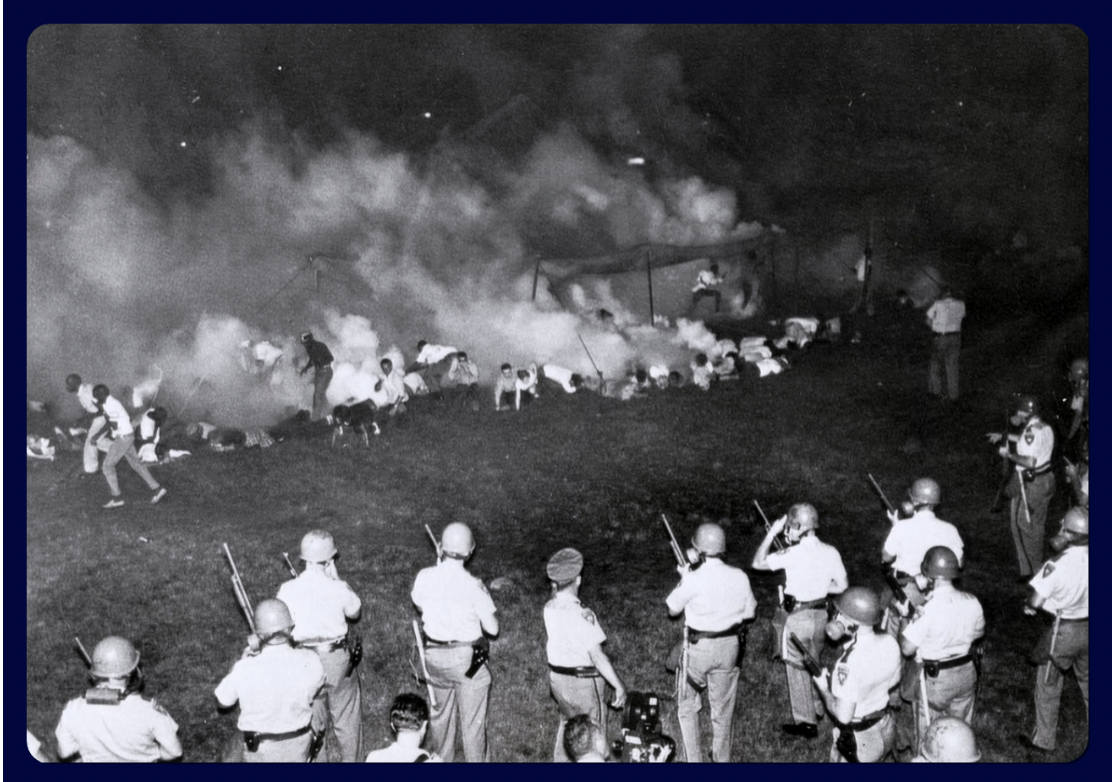
There's a hasidic tale about Rabbi Levi Yitzchak of Berditchev (1740-1809). Berditchev is in what's now Ukraine, but was then the Russian Empire. It was the eve of Passover, and he asked his followers to go to all the Jewish homes and bring them all the Turkish tobacco, the Austrian silk, and chametz (uh, leaven– bread, crumbs, etc) that they could find.
"But Rebbe!" they protested. "Everybody knows that Russia is in conflict with both Turkey and Austria – and possession of their goods is regarded as contraband!"
Nonetheless, the Berditchever Rebbe sent them looking– and, a few hours later, the followers turned up with various containers of Turkish tobacco and Austrian silk both rolled and sewn. But they couldn't, they insisted, find a lick of chametz.
The Berditchever Rebbe listened to their report with a smile and called out,
"Master of the Universe! The Russian Czar deploys thousands of guards at his borders, has countless police in his towns to enforce his edicts and is ready to arrest anyone who violates his laws, and yet– look at all the contraband that can be found! Yet, you, Master of the Universe, have no guards, no police and no prisons. Your only weapon is a brief phrase in the Torah, forbidding Jews to retain chamez (leaven) in their possession on Passover, but not a bit of chamez can be found in all of Berditchev!"
Here, the Berdichever is explicitly comparing law systems that depend on external policing with and state power with the system of Jewish law that required no such external reinforcements with regards to forbidden materials.
What values are in play when communal self-monitoring works? What conditions need to be met?
Rabbi [Yehuda HaNasi] would dispatch Rabbi Asi and Rabbi Ami to go out and establish [educational programs] in the cities of Israel. They would enter the city and say to [the residents]: ‘Bring us the guardians of the city.’ They would bring them the head of the city watch and the police. They would say to them: ‘Are these the guardians of the city? These are the destroyers of the city.’ [The residents] would say to them: ‘Who are the guardians of the city?’ They would say to [the residents]: ‘They are the Bible teachers and the Mishna teachers, who contemplate, review, and observe the Torah day and night, (Midrash Lamentations Rabbah, Introduction:2)
Dean Spade is an associate professor of law at Seattle University School of Law. Trans people are 3.7 times more likely to experience police violence and 7 times more likely to experience physical violence when interacting with police than cisgender victims and survivors. One study found that LGBTQIA+ people are more likely to be stopped, searched, arrested and held in custody than non-LGBTQIA+ people. Just under 15% of non-LGBTQIA+ respondents had experienced this kind of police-initiated contact in the past year, compared with 21% of LGBTQIA+ people and 33% of transgender respondents.
This piece, below requires some particular trigger warnings– it's artistically exquisite but brutal and unsparing, more than "Strange Fruit" for this era. Written from the perspective of a nightstick. Words printed here, but you can also CC.
Rabbi Bahya ben Asher ibn Halawa, best known as Rebbeinu Bachya– the mid-13th to mid-14th c. Torah commentator and Kabbalist from what's now Spain– evidently lived in better days than we, for he says:
Should the system of justice on earth become corrupt [at some point], the attribute of Justice will judge humankind instead.... When humans enact [the divine attribute of] Justice, God is relieved of this duty. In appreciation of being relieved of this task, God judges humankind with the attribute of Mercy. (Rebbeinu Bahya on Deuteronomy 16:18)
What might it mean that we likely are judged with the attribute of Justice now?
Who might be judged? Who should be judged?
What should that judgement be?
And who, ultimately, pays for the lack of Mercy in this world?
The Talk by Jabari Asim
Trigger Warning.
It’s more than time we had that talk
about what to say and where to walk,
how to act and how to strive,
how to stay upright and stay alive.
How to live and learn,
how to dig and be dug in return.
When to concede and when to risk,
how to handle stop and frisk:
Keep your hands where they can see
and don’t reach for your ID
until they request it quite clearly.
Speak to them politely and answer them sincerely.
The law varies according to where you are,
whether you’re traveling by foot or driving a car.
It won’t help to be black and proud,
nor will you be safer in a crowd.
Keeping your speech calm and restrained,
ask if in fact you’re being detained.
If the answer is no, you’re free to go.
If the answer is yes, remained unfazed
to avoid being choked, shot or tazed.
Give every cop your ear, but none your wit;
don’t tempt them to fold, spindle, mutilate, hit
or otherwise cause pain
to tendons, bones, muscles, brain.
These are things you need to know
if you want to safely come and go.
But still there is no guarantee
that you will make it home to me.
Despite all our care and labor,
you might frighten a cop or neighbor
whose gun sends you to eternal sleep,
proving life’s unfair and talk is cheap.
May our work, together, bring into being true systemic justice our lifetime.
🌱
Like this? Get more of it every week.
For free every Monday—sign up at the ‘Subscribe now’ button just below.
And if you become a paid subscriber, you get tools for deeper transformation, a community, and support the labor that makes these Monday essays happen.
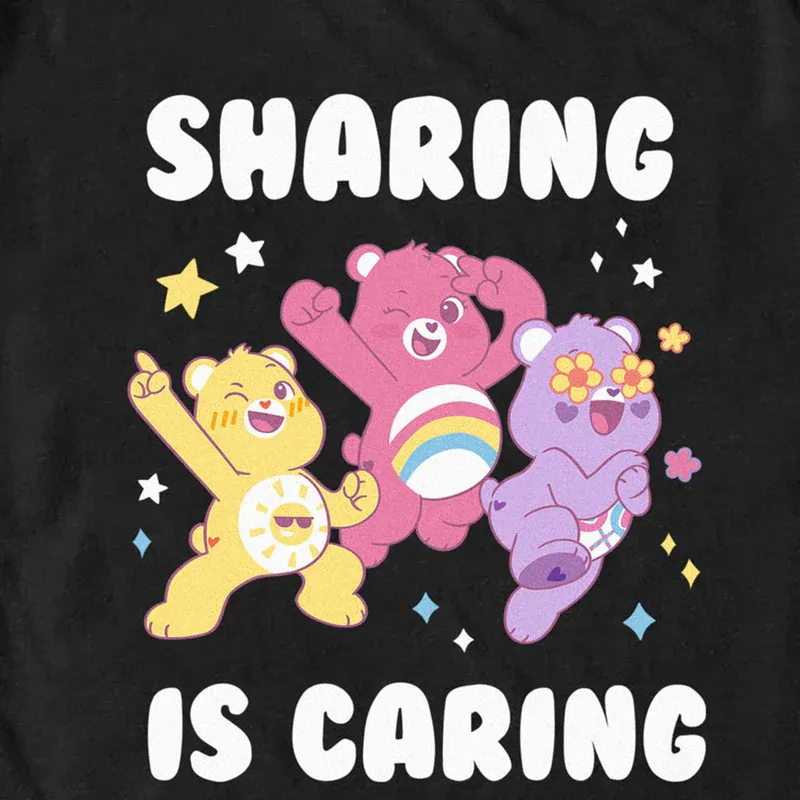
Especially without Substack's built-in network, word-of-mouth– forwarding emails, sharing on social media, etc– matters more than ever.
Please spread the word about this post and Life is a Sacred Text in general.
Thank you. 🙏 ❤️
A note on the subscription model:
I want my work to be as accessible to as many people as possible, in as many ways as possible. That's why the Monday essays are free, and why we donate subscriptions to anyone for whom paying is a barrier to the House of Study posts.
I also believe people should be paid fairly for their work. Needless to say, these two values sometimes seem to be in conflict, but I do what I can to find a fair balance. I offer many resources for free, and charge for others. When you donate generously or pay at the top of our scale, that helps support the work I do, provides access for those who have fewer resources, pays for the infrastructure and the technical and practical support that it takes to do this, and helps us keep the work sustainable.
And as always, if you want in to the Thursday space but paying isn't for you now, just email support@lifeisasacredtext.com and we'll hook you up.
And if you’d like to underwrite one of these donated subscriptions, you can do so by signing up at one of the higher subscription points.
And if it resonated with you, please share this post.
Sending a big pile of blessings and goodness your way. 💕
MORE:
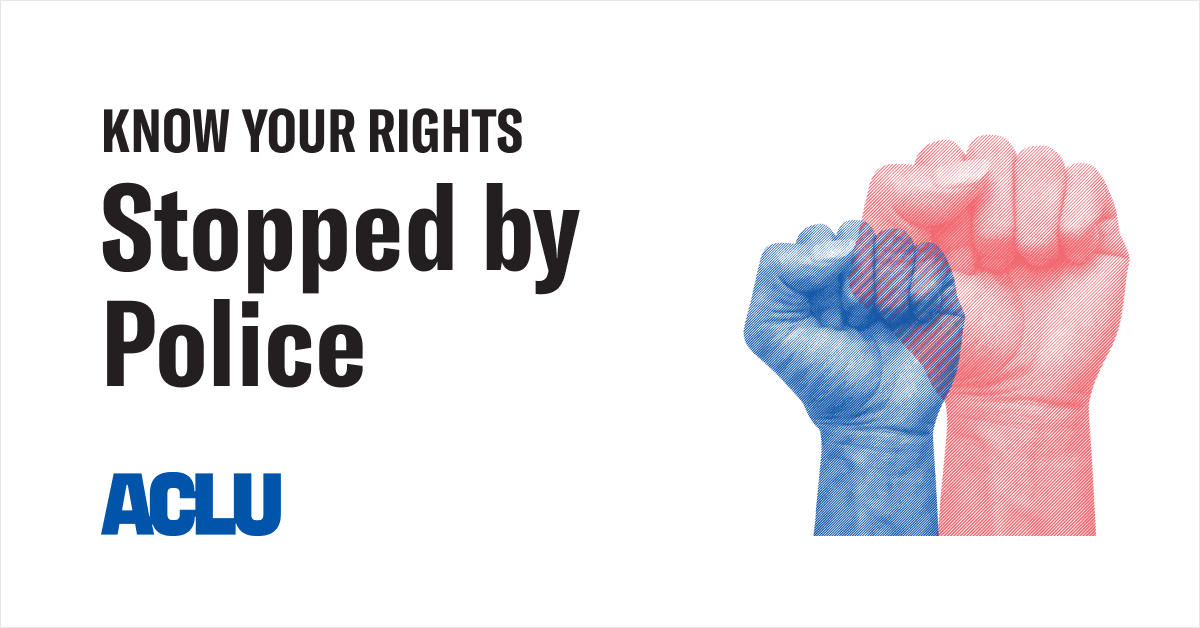

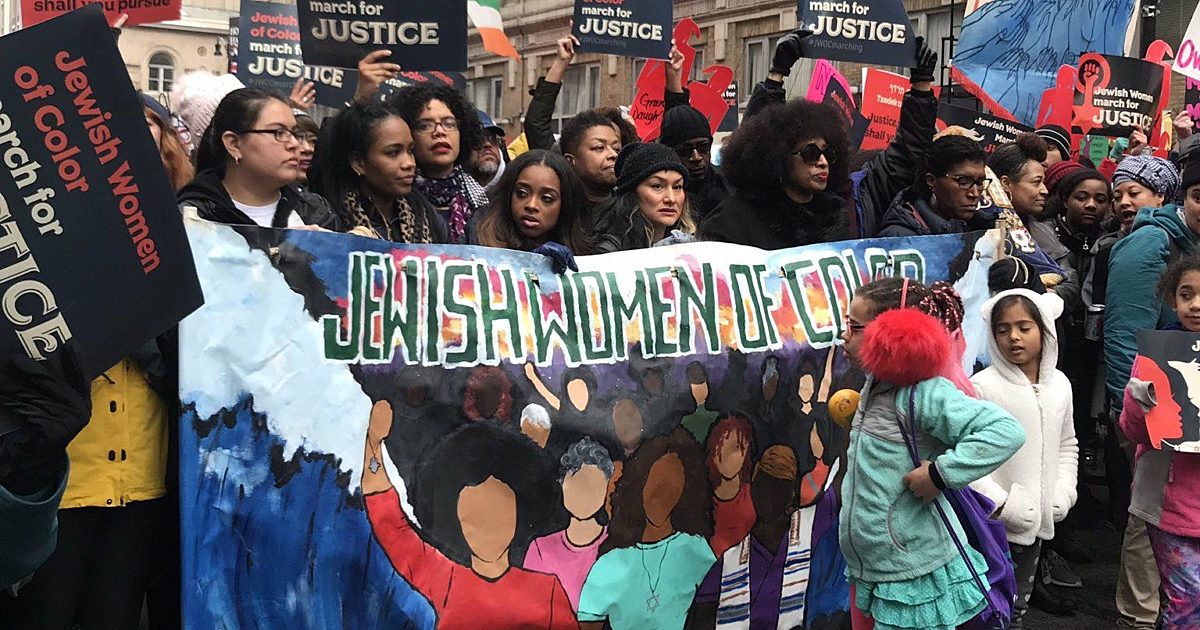
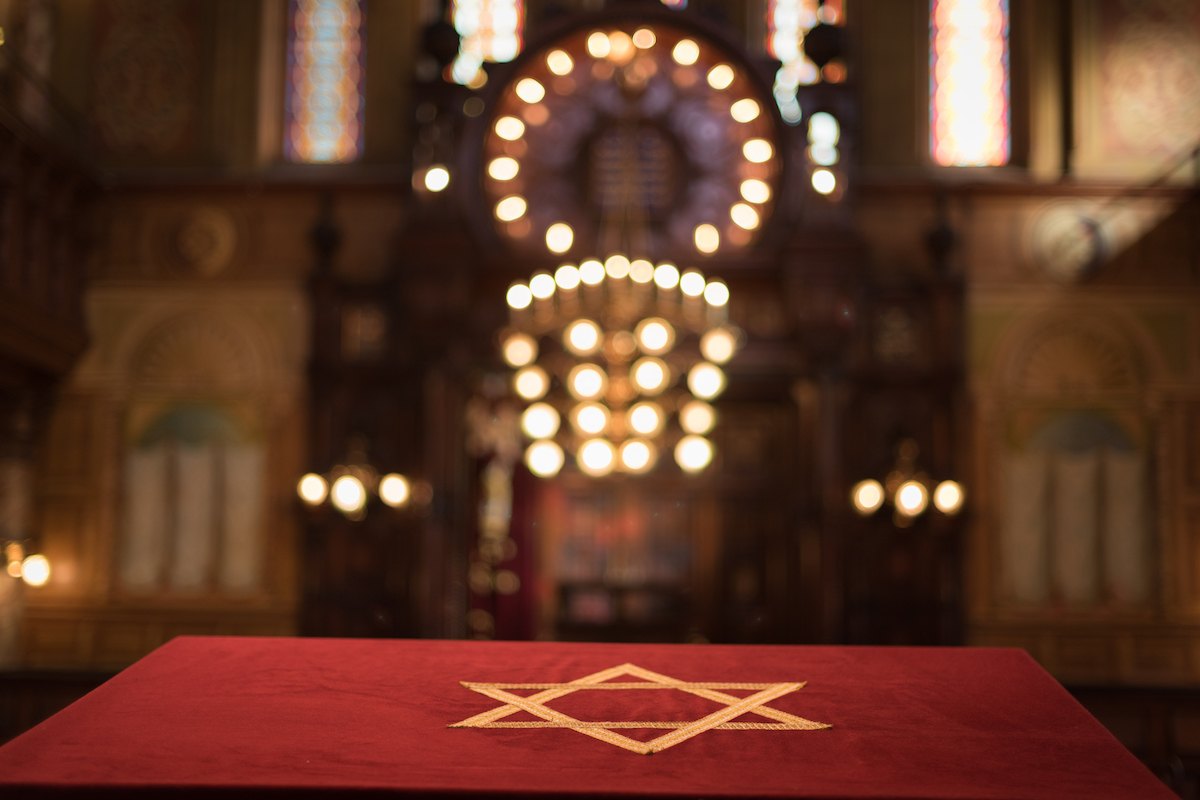
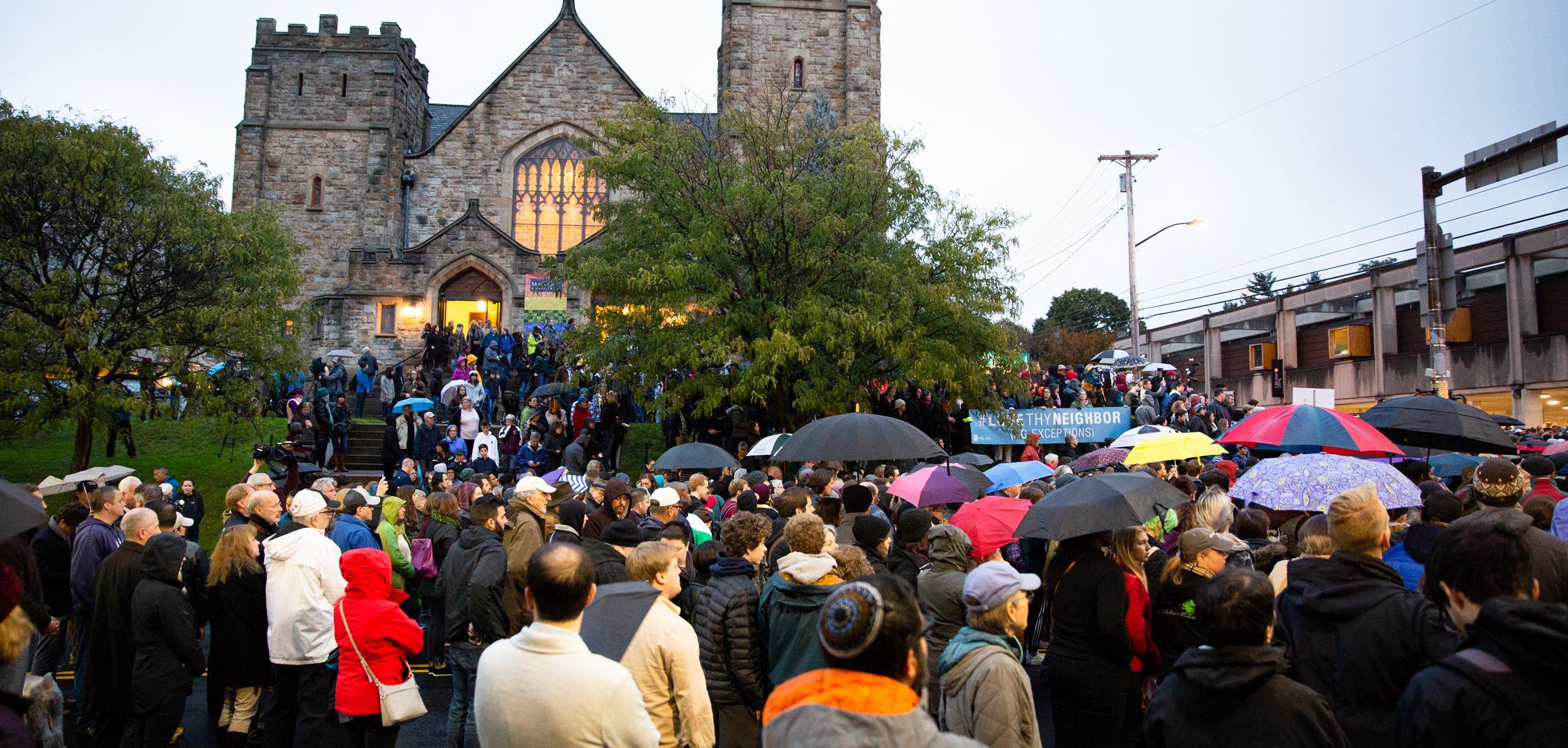
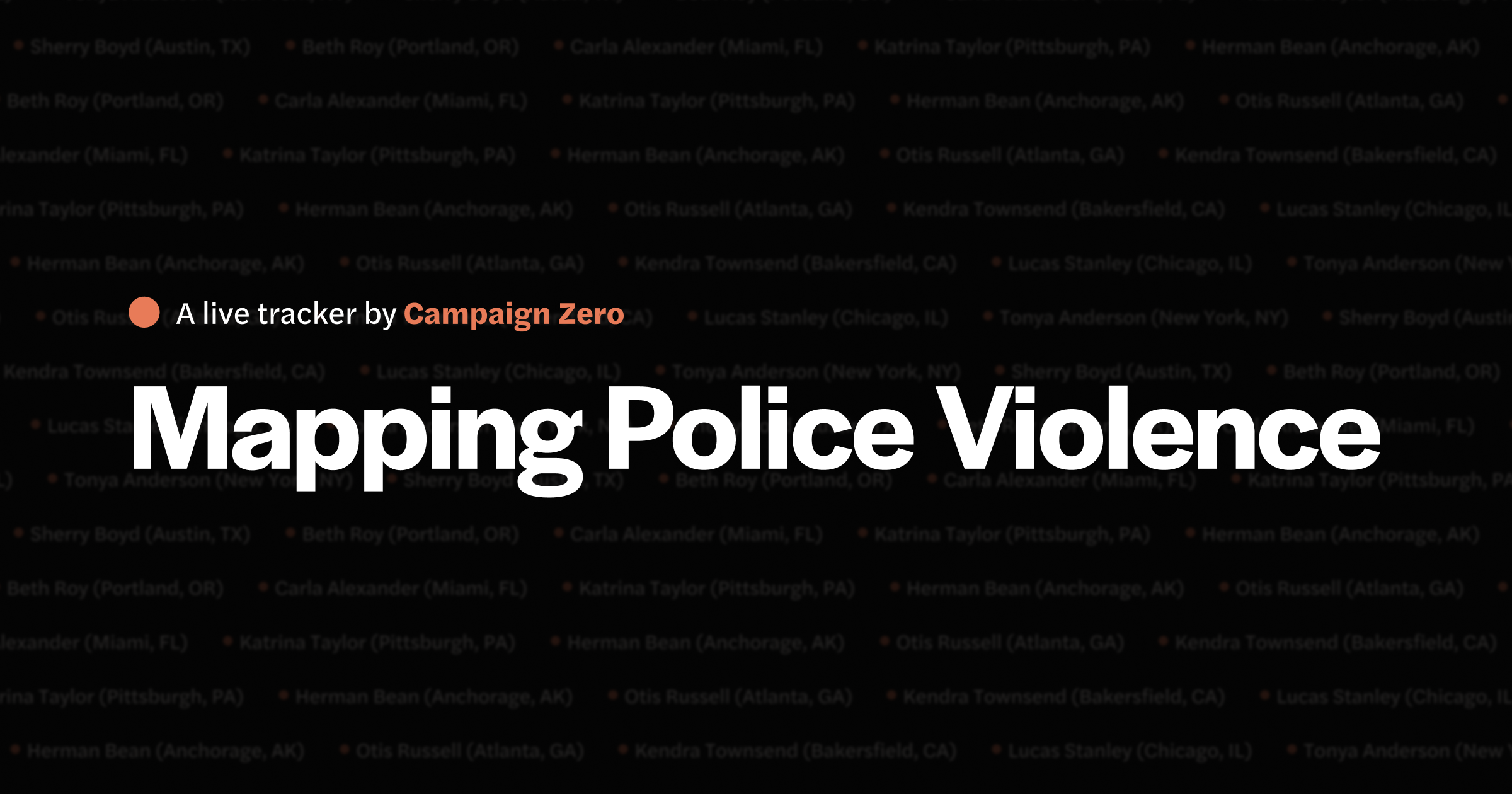
Lastly, here's a key 2017 talk by my colleague, friend and teacher Rabbi Aryeh Bernstein, zeroing in on the issue of police contracts– still all too live right now. Rav Aryeh's work this and many other topics has been foundational to my own, and I am grateful for his Torah and leadership here, as elsewhere:
And a quick announcement:
I'm also thrilled to share that I'm a contributor to Glennon Doyle, Abby Wambach and Amanda Doyle's new book We Can Do Hard Things, alongside such humbling (!) company as (!!) Justice Ketanji Brown Jackson, VP Kamala Harris, Jane Fonda, adrienne maree brown, Resmaa Menakem, Dr. Christine Blasey Ford, Michelle Obama, Cheryl Strayed... the list just keeps going and going...



